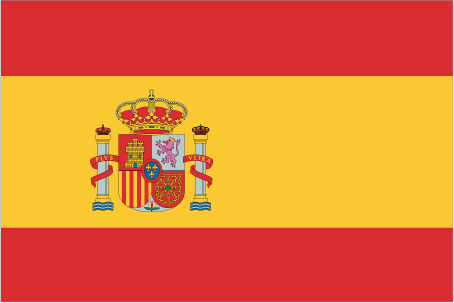
Spain experienced a prolonged recession in the wake of the global financial crisis. GDP contracted by 3.7% in 2009, ending a 16-year growth trend, and continued contracting through most of 2013. Economic growth resumed in late 2013, albeit only modestly, as credit contraction in the private sector, fiscal austerity, and high unemployment continued to weigh on domestic consumption and investment. Exports, however, have been resilient throughout the economic downturn, partially offsetting declines in domestic consumption and helped to bring Spain's current account into surplus in 2013 for the first time since 1986. The unemployment rate rose from a low of about 8% in 2007 to more than 26% in 2013, straining Spain's public finances as spending on social benefits increased while tax revenues fell. Spain’s budget deficit peaked at 11.4% of GDP in 2009. Spain gradually reduced the deficit to just under 7% of GDP in 2013, slightly above the 6.5% target negotiated between Spain and the EU. Public debt has increased substantially – from 60.1% of GDP in 2010 to 93.4% in 2013. Rising labor productivity, moderating labor costs, and lower inflation have helped to improve foreign investor interest in the economy and to reduce government borrowing costs. The government's ongoing efforts to implement reforms - labor, pension, health, tax, and education - are aimed at supporting investor sentiment. The government also has shored up struggling banks exposed to Spain's depressed domestic construction and real estate sectors by successfully completing an EU-funded restructuring and recapitalization program in December 2013.
$1.389 trillion (2013 est.)
country comparison to the world: 15
$1.407 trillion (2012 est.)
$1.43 trillion (2011 est.)
-1.3% (2013 est.)
country comparison to the world: 207
-1.6% (2012 est.)
0.1% (2011 est.)
$30,100 (2013 est.)
country comparison to the world: 47
$30,500 (2012 est.)
$31,000 (2011 est.)
agriculture: 3.1%
industry: 26%
services: 70.8% (2013 est.)
21.1% (2012)
1.8% (2013 est.)
country comparison to the world: 60
2.4% (2012 est.)
23.2 million (2013 est.)
country comparison to the world: 29
agriculture: 4.2%
industry: 24%
services: 71.7% (2009 est.)
26.3% (2013 est.)
country comparison to the world: 175 25.1% (2012 est.)
textiles and apparel (including footwear), food and beverages, metals and metal manufactures, chemicals, shipbuilding, automobiles, machine tools, tourism, clay and refractory products, footwear, pharmaceuticals, medical equipment
-1.2% (2013 est.)
country comparison to the world: 180